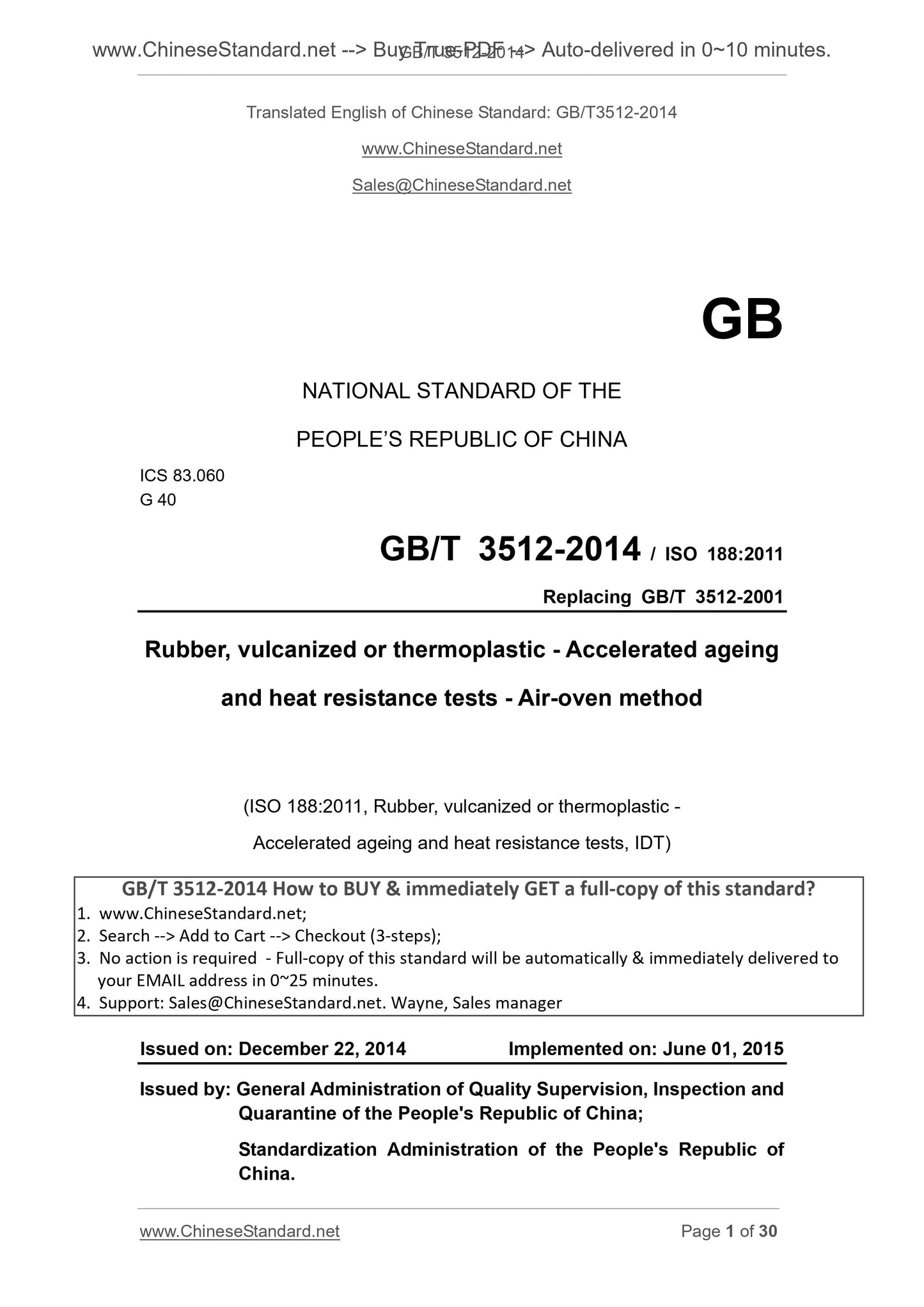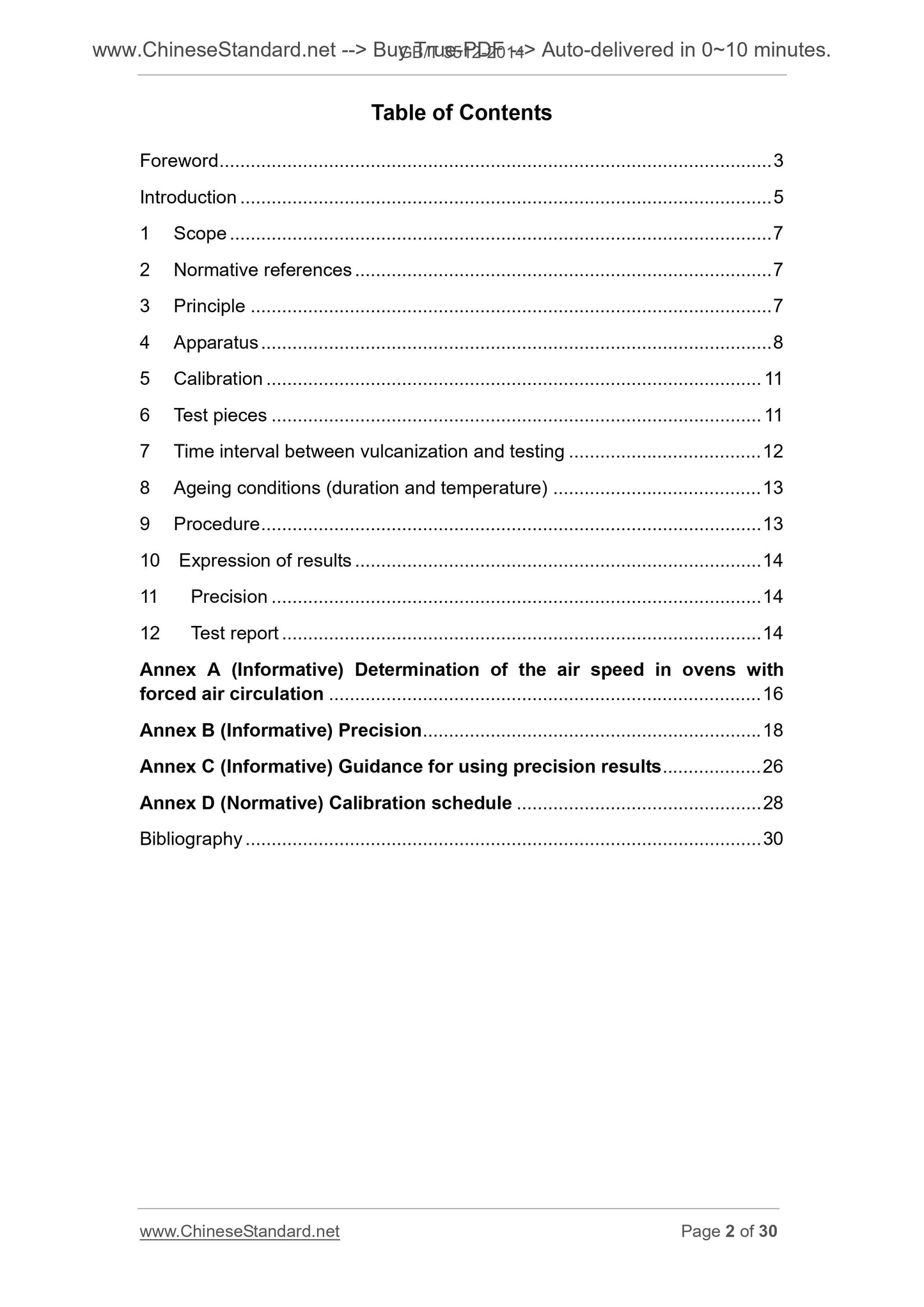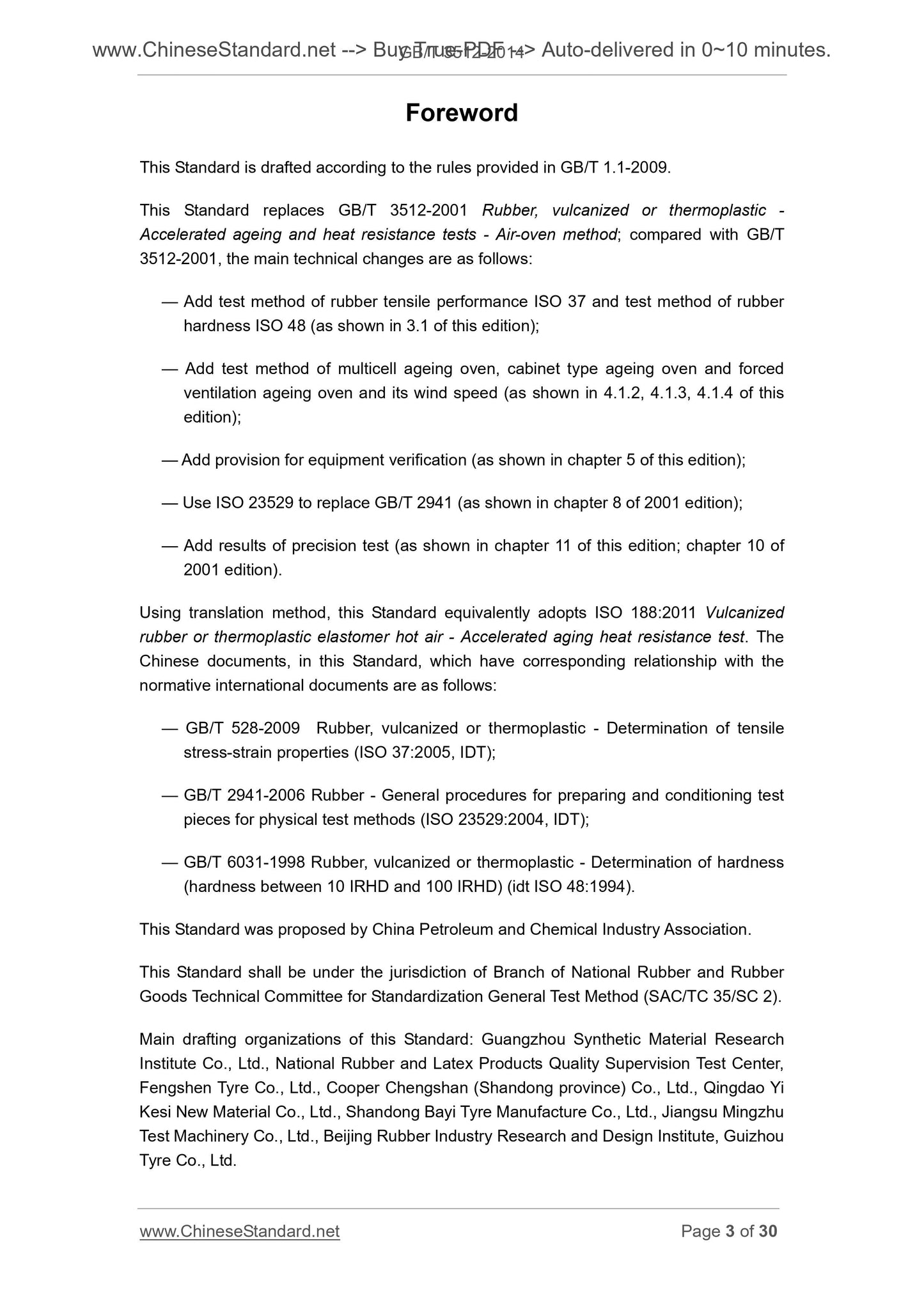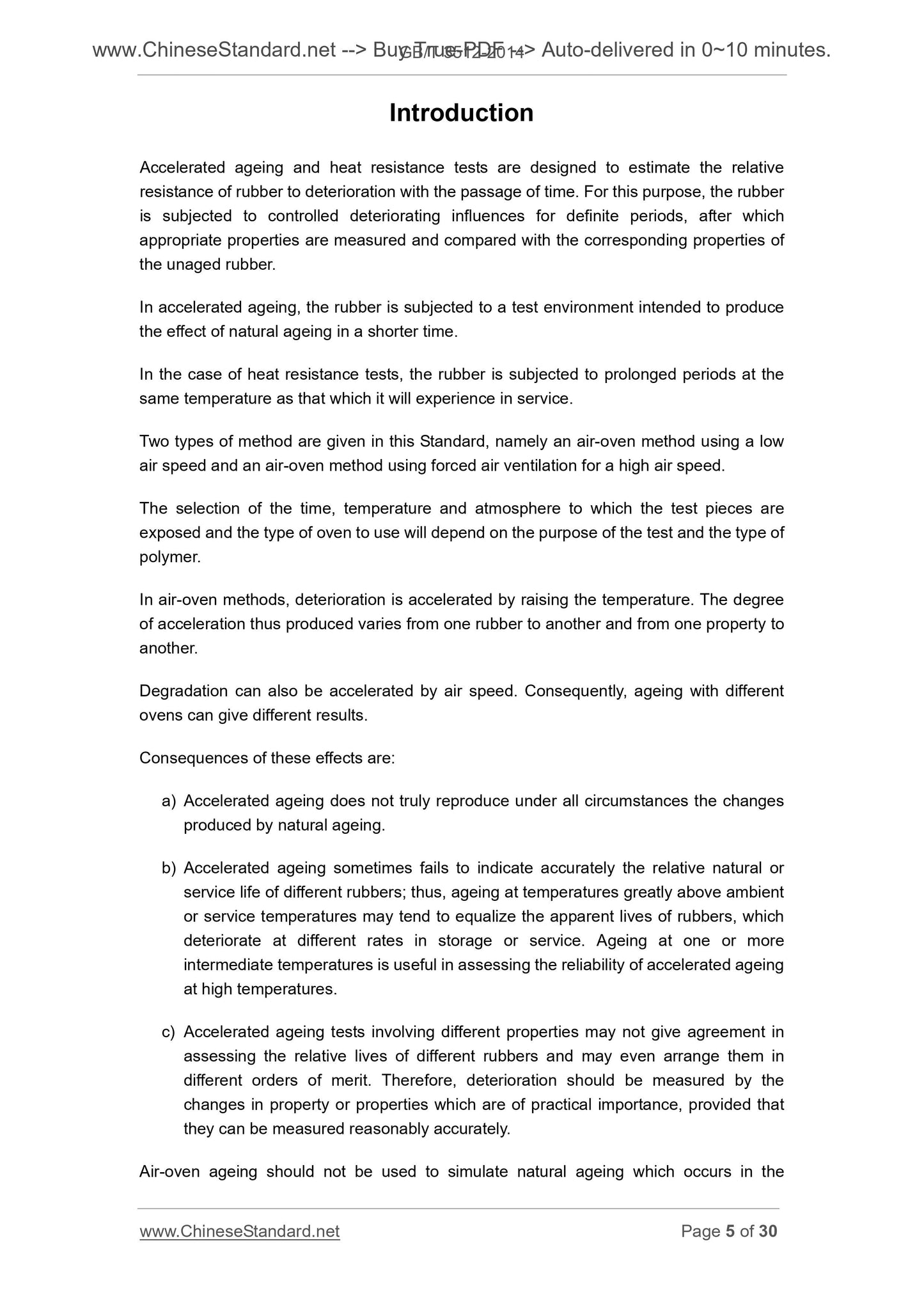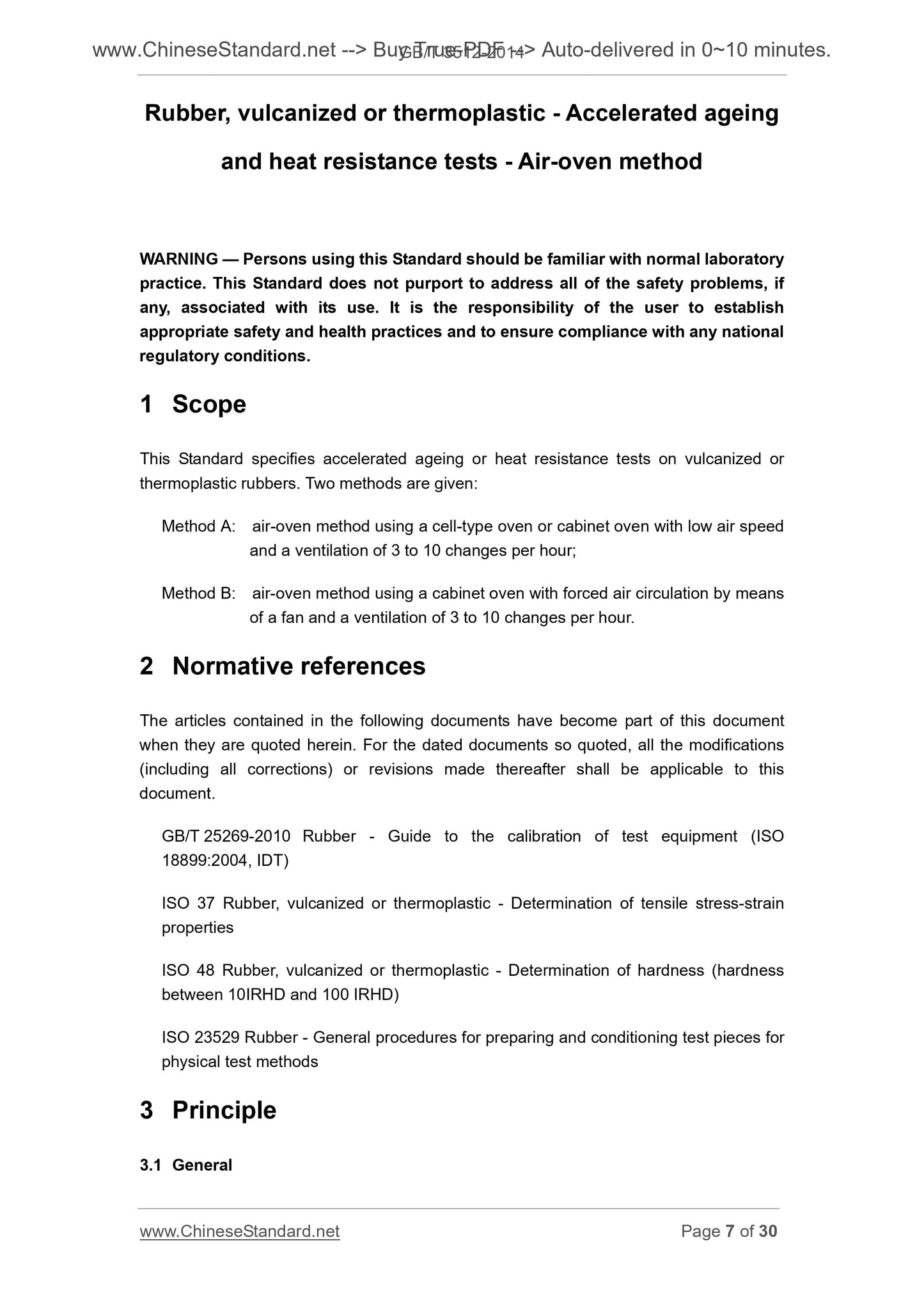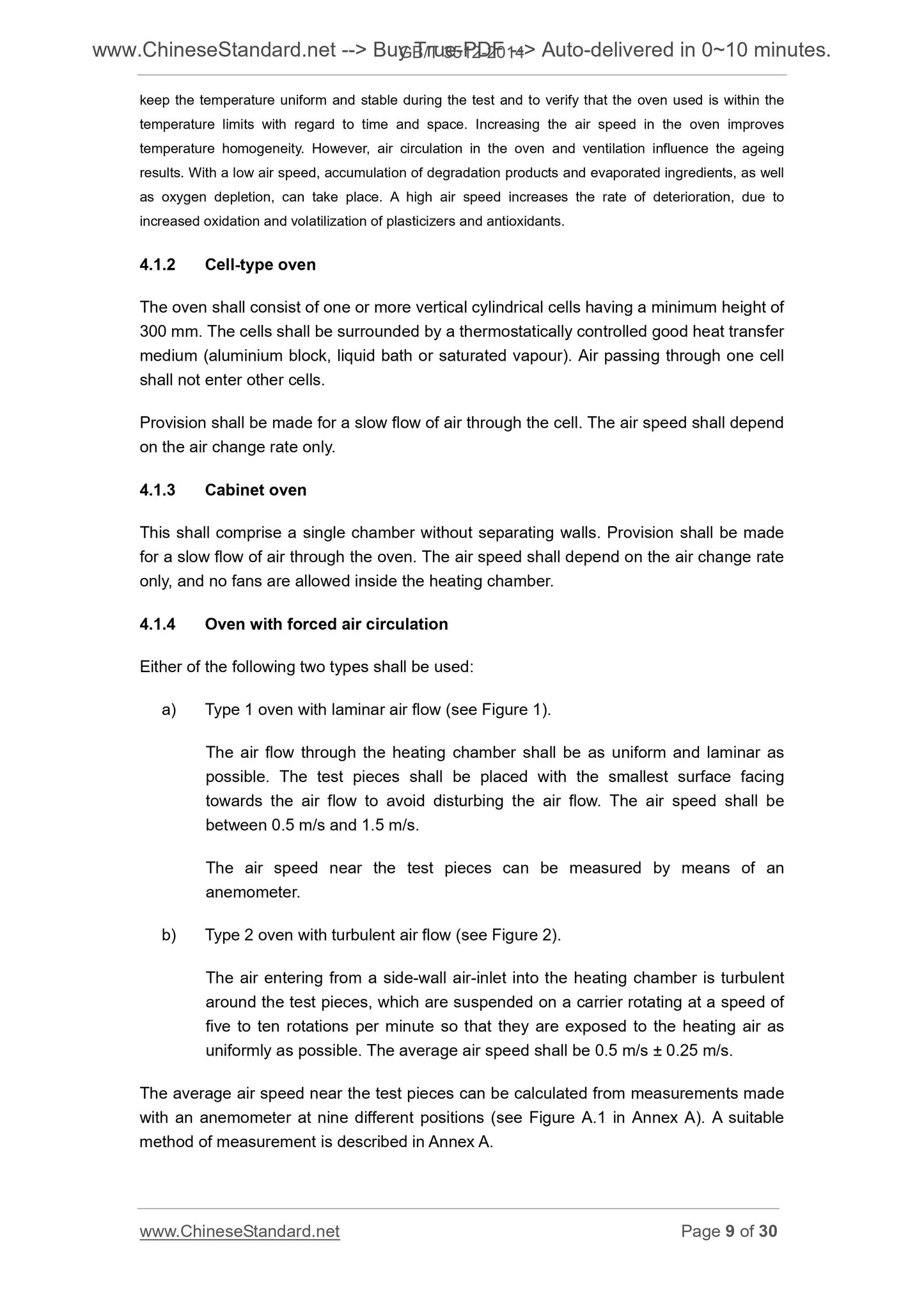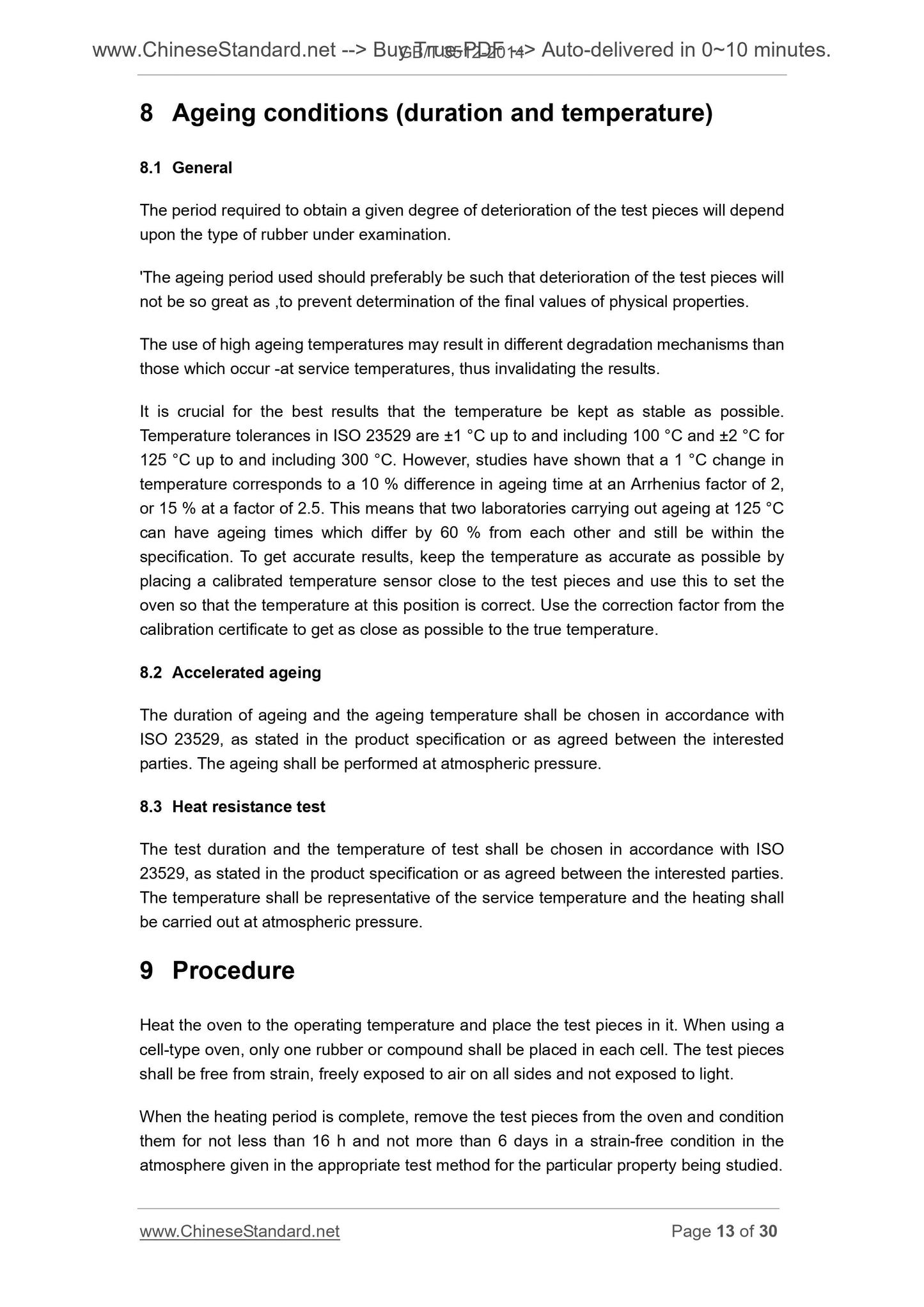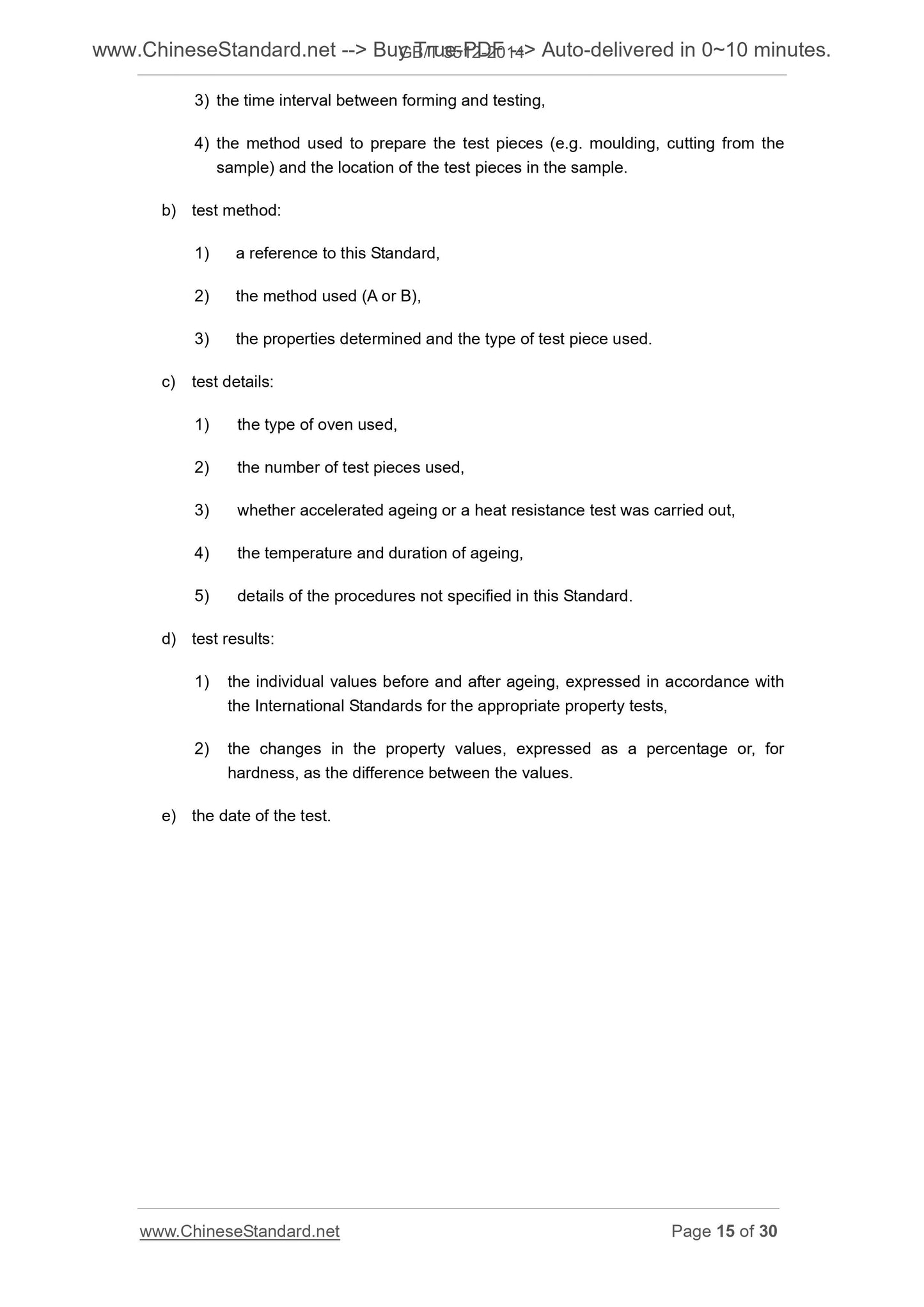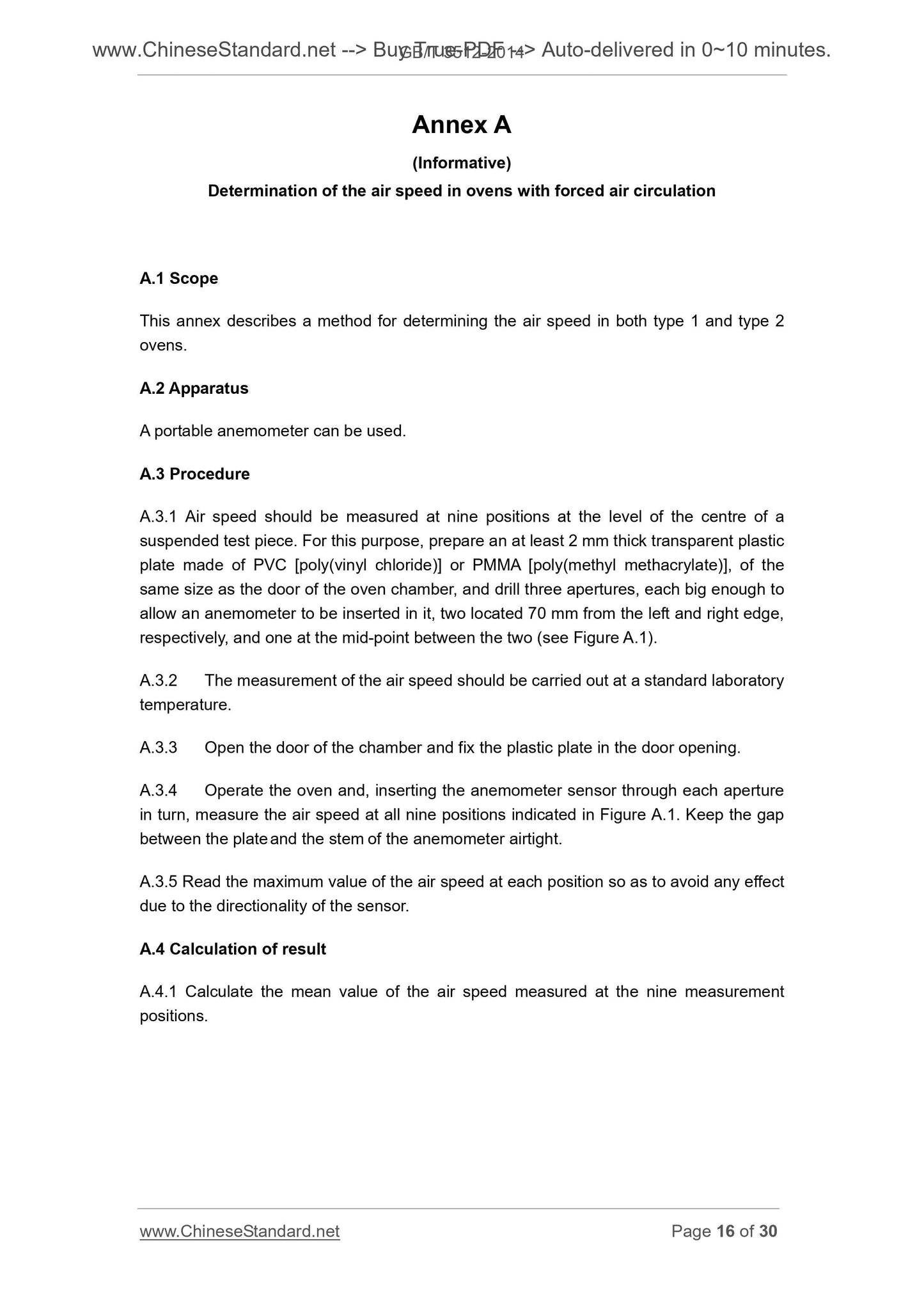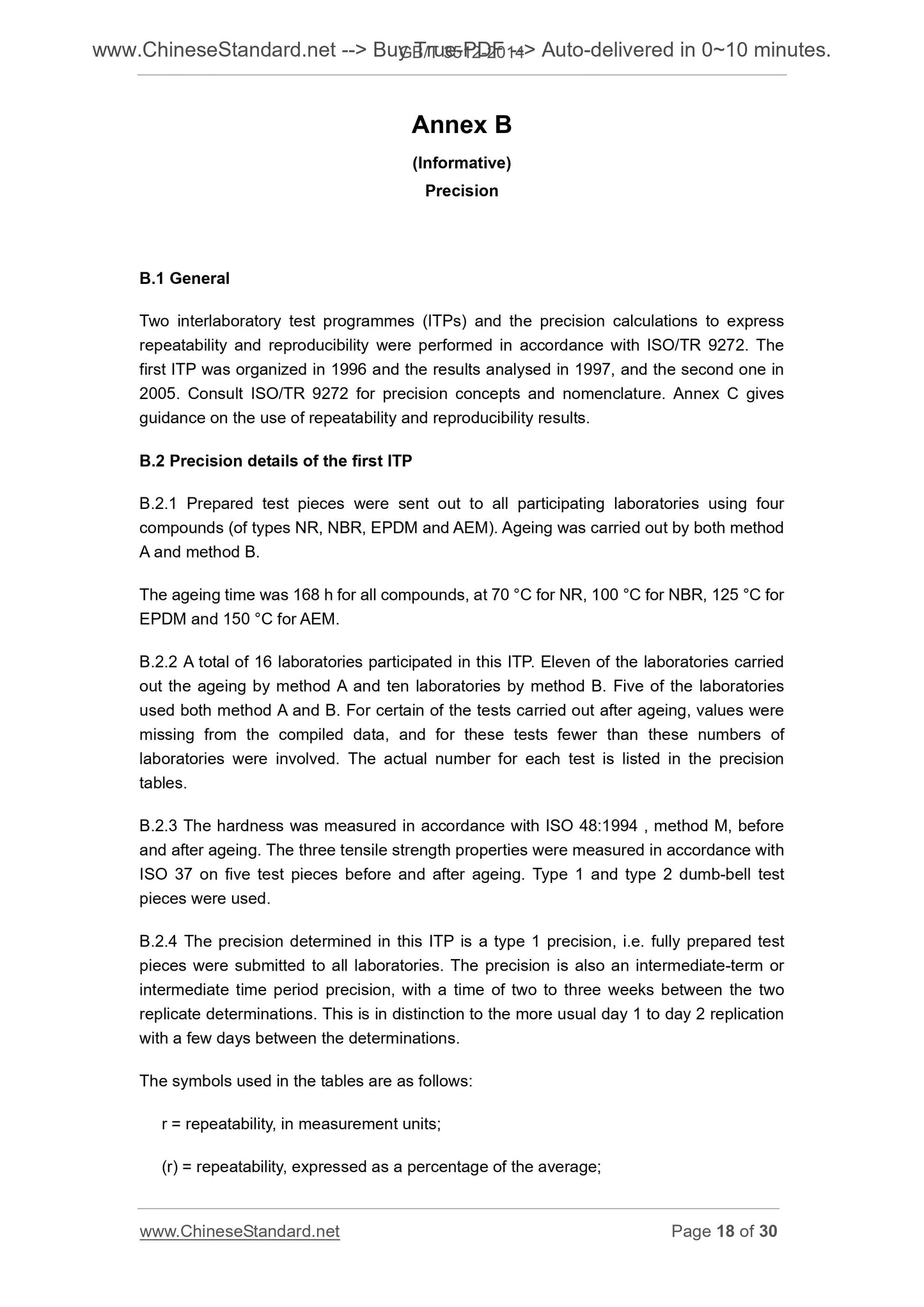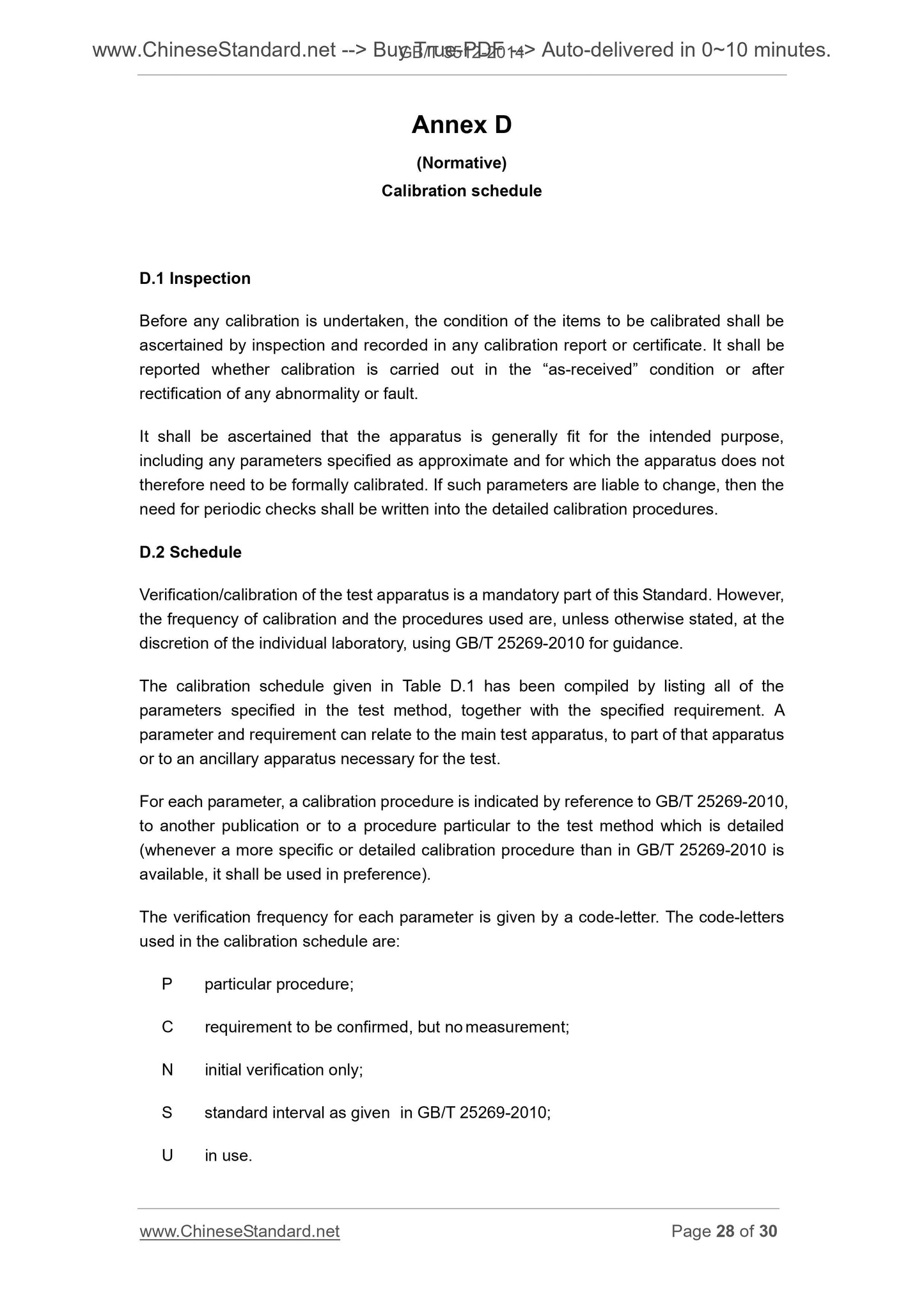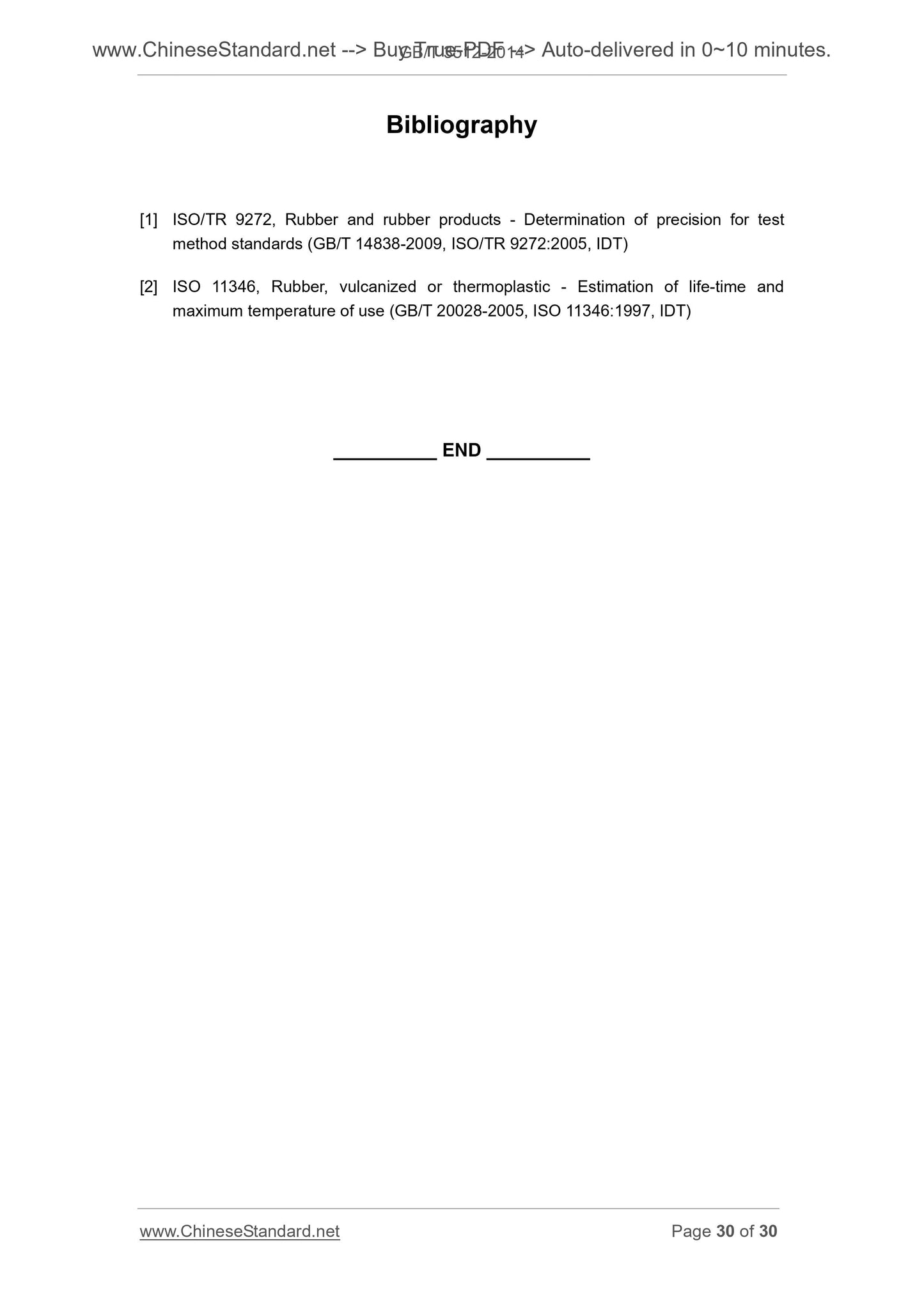1
/
of
12
www.ChineseStandard.us -- Field Test Asia Pte. Ltd.
GB/T 3512-2014 English PDF (GB/T3512-2014)
GB/T 3512-2014 English PDF (GB/T3512-2014)
Regular price
$70.00
Regular price
Sale price
$70.00
Unit price
/
per
Shipping calculated at checkout.
Couldn't load pickup availability
GB/T 3512-2014: Rubber, vulcanized or thermoplastic -- Accelerated ageing and heat resistance tests -- Air-oven method
Delivery: 9 seconds. Download (and Email) true-PDF + Invoice.Get Quotation: Click GB/T 3512-2014 (Self-service in 1-minute)
Newer / historical versions: GB/T 3512-2014
Preview True-PDF
Scope
This Standard specifies accelerated ageing or heat resistance tests on vulcanized orthermoplastic rubbers. Two methods are given.
Basic Data
| Standard ID | GB/T 3512-2014 (GB/T3512-2014) |
| Description (Translated English) | Rubber, vulcanized or thermoplastic -- Accelerated ageing and heat resistance tests -- Air-oven method |
| Sector / Industry | National Standard (Recommended) |
| Classification of Chinese Standard | G40 |
| Classification of International Standard | 83.060 |
| Word Count Estimation | 23,234 |
| Date of Issue | 12/12/2014 |
| Date of Implementation | 6/1/2015 |
| Older Standard (superseded by this standard) | GB/T 3512-2001 |
| Quoted Standard | GB/T 25269-2010; ISO 37; ISO 48; ISO 23529 |
| Adopted Standard | ISO 188-2011, IDT |
| Regulation (derived from) | National Standards Bulletin 2014 No. 30 |
| Issuing agency(ies) | General Administration of Quality Supervision, Inspection and Quarantine of the People's Republic of China, Standardization Administration of the People's Republic of China |
| Summary | This Standard specifies the vulcanized rubber or thermoplastic rubber hot air and heat accelerated aging test methods. Both methods are: Method A: low air velocity type or multi-unit tank hot air aging tank, air changes per hour 3 times to 10 times; Metho |
Share
